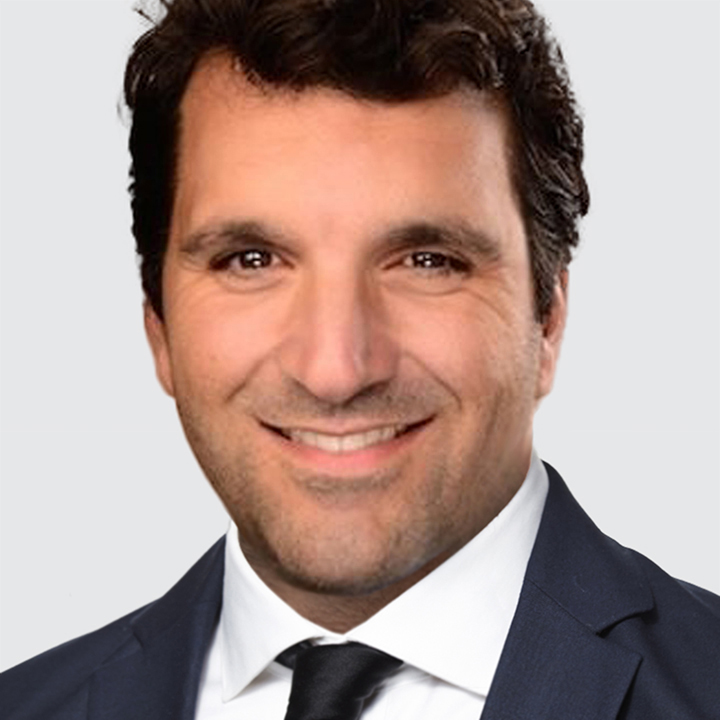UK Economy Suffers More “Shrinkage”
US
USD rallied overnight after President Donald Trump hit Canada with new tariffs (details below). In our view, the USD downtrend is intact reflecting relative monetary policy trend and US protectionist trade policy. S&P500 set a new historical high yesterday. The tailwind to risk asset from peak trade policy uncertainty more than offsets negative tariff-related headlines.
Fed officials yesterday weighed-in on the effects of US tariffs on inflation. Fed Governor Christopher Waller doubled down on his call for a July rate cut pointing out that “Inflation has come down far enough to justify a move -- and tariffs should necessarily not be a reason to delay.”
San Francisco Fed President Mary Daly (FOMC non-voter) raised the possibility that tariffs “just doesn’t materialize to a large increase in price inflation for consumers because the businesses find ways to adjust.” Daly added “I see two cuts as a likely outcome.”
St. Louis Fed President Alberto Musalem (FOMC voter) highlighted “It’s going to take time for the tariffs to settle…There’s a scenario where we could be in Q4 this year, or Q1 or Q2 of next year where tariffs are still working themselves into the economy.”
Chicago Fed President Austan Goolsbee (FOMC voter) acknowledged the “surprisingly little” impact of tariffs on inflation.
Overall, the US economic backdrop gives the Fed time to study the effects of tariff increases on prices and growth before resuming interest-rate reductions. Fed funds futures price-in 5% odds of a 25bps cut in July, 73% odds of a 25bps cut in September and a total of 100bps of easing over the next 12 months.
Fed Governor Waller gave an informative speech on the Fed’s balance sheet. Waller argued for shrinking the Fed’s balance sheet from currently $6.7 trillion (22% of GDP) to $5.8 trillion (19% of GDP). This would imply reducing the level of bank reserves at the Fed from the current level of $3.4 trillion to $2.7 trillion, the level he estimates is consistent with ample liquidity.
Waller also called for the Fed to tweak the duration of its balance sheet so that the maturity structure of its assets and liabilities are matched. Effectively, this would mean a move away from long-term Treasuries and mortgage-backed securities in favor of short-term Treasury bills.
Recall, at the March FOMC meeting, Waller was the only FOMC participant that voted against slowing the unwind in Treasury holdings. Since April 1, the Fed allows up to $5bn (down from $25bn) in Treasuries and $35bn (unchanged) in mortgage-backed securities to mature each month without reinvesting the returned principal. This is a technical adjustment to ensure liquidity remains abundant and has no material monetary policy implications.
UK
GBP is down versus USD and EUR. The UK economy unexpectedly shrinks for a second consecutive month in May. Real GDP fell -0.1% m/m (consensus: 0%) after falling -0.3% in April. Production output was the largest drag, decreasing by -0.9%, while construction output contracted by -0.6%. Services output increased 0.1% after falling by -0.3% in April (revised up from a -0.4% decline).
Sluggish UK GDP growth, labor market slack emerging, and the likelihood of higher taxes could force the BOE to cut the policy rate more aggressively than anticipated. The swaps market price-in 90% odds of an August cut and a total of 75bps of easing over the next 12 months. In contrast, the ECB’s rate-cutting phase is close to wrapping-up. As such, EUR/GBP has room to edge higher towards 0.8800.
CANADA
USD/CAD rallied by nearly 0.6% to a high of 1.3730 before stabilizing just under 1.3700 after President Donald Trump hit Canada with new tariffs. Trump said the US will impose a tariff of 35% on Canadian goods starting August 1, adding “If for any reason you decide to raise your Tariffs, then, whatever the number you choose to raise them by, will be added onto the 35% that we charge.” A US official later specified that the 35% tariffs will only apply on US goods imports not covered by the United States-Mexico-Canada Agreement (USMCA). In our view, the new tariff threat is likely a pressure tactic aimed at securing a US-Canada trade ahead of the self-imposed July 21 deadline.
Canada’s June labor force survey takes the spotlight today (1:30pm London). Consensus sees zero job growth in June following gains of 8.8k in May. The unemployment rate is expected rise to near a four-year high of 7.1% vs. 7.0% in May. With underlying inflation in Canada stubbornly close to 3%, it will take a poor job print to push the Bank of Canada to resume easing soon.
The swaps market is pricing in 27% probability of a 25bps cut at the next July 30 meeting and a total of 34bps of easing in the next 12 months that would see the policy rate bottom between 2.25-2.50%.
PERU
As was largely expected, Peru central bank (BCRP) kept the policy rate steady at 4.50% for a second straight month. BCRP remains open to resuming its easing cycle. The bank’s policy statement reiterated that “The outlook for global economic activity has deteriorated” and that “Year-on-year inflation is expected to remain in the coming months within the lower band of the target range [1-3%].” Bloomberg consensus sees only one 25bps cut in the second half of the year.
%.

